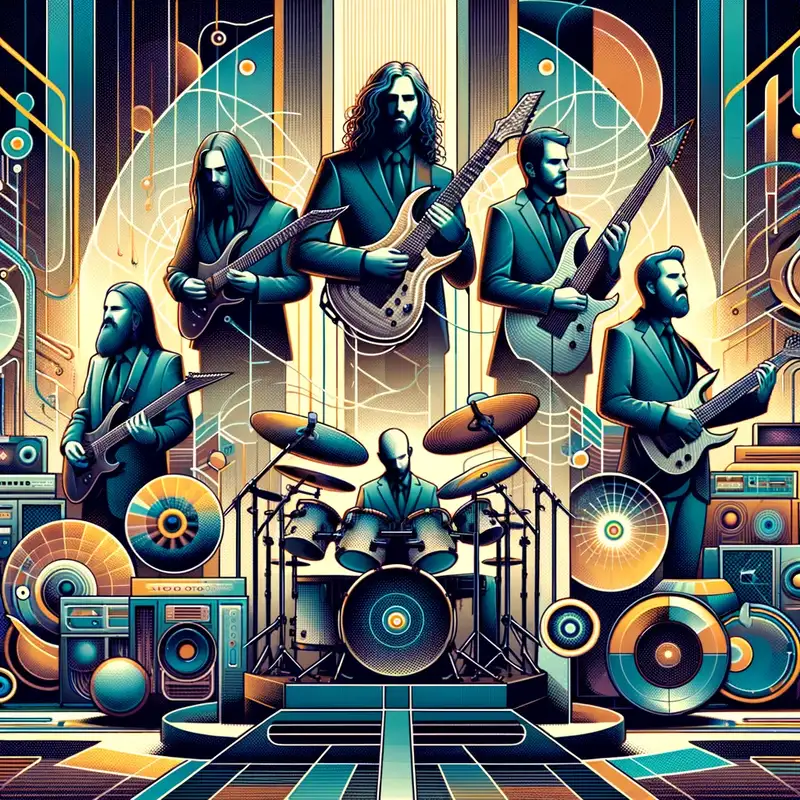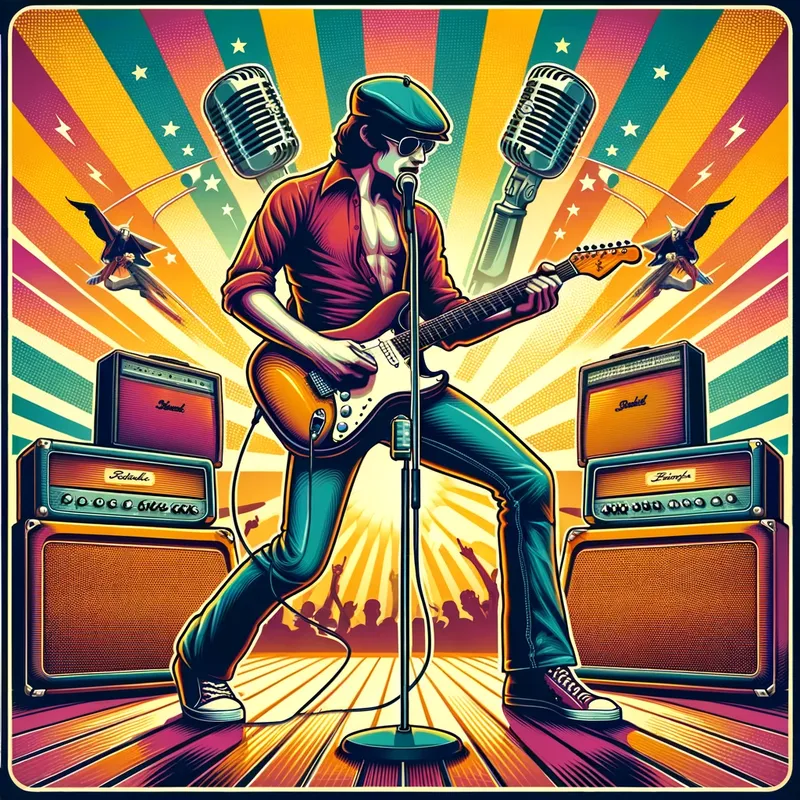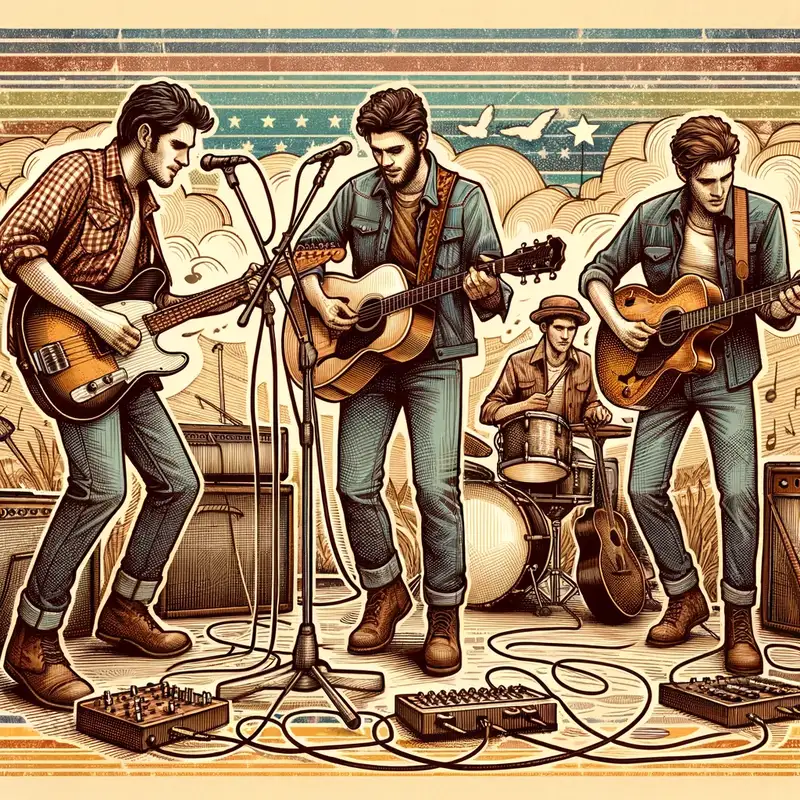Progressive Rock

Progressive Rock, or ‘prog’ as it’s often called, blends rock with elements of classical music, jazz, and sometimes even folk or world music. Expect long compositions, intricate instrumentals, and often philosophical or fantastical lyrics.
Table of Contents
The Origins
In the late ’60s and early ’70s rock ‘n’ roll was evolving, and musicians wanted to push beyond the traditional verse-chorus structures.
Enter Progressive Rock – a genre born from the desire to fuse rock with elements of classical music, jazz, and even world music. Artists like King Crimson and Emerson, Lake & Palmer became the pioneers, breaking all the “rules” to create a genre as intricate as it is mind-bending.
The Prog Pioneers
King Crimson
From their landmark album “In the Court of the Crimson King,” King Crimson established themselves as the “kings” of complexity and nuance in rock music.
Yes
Need an intricate, 20-minute piece about interstellar travel and spiritual quests? Yes is your go-to band.
Pink Floyd
They went from psychedelic rockers to prog-rock legends with iconic albums like “The Wall” and “Dark Side of the Moon.”
Genesis
Before Phil Collins sang about “Invisible Touch,” Genesis was diving deep into theatrical performances and concept albums like “Foxtrot.”
Bands like Dream Theater and Tool have taken up the prog mantle, offering a more contemporary take on the genre’s legacy.
Prog Rock Mechanics
So, what makes a song “progressive”?
- Odd Time Signatures – 7/8 or 13/16 instead of the usual 4/4.
- Extended Instrumentals – Because sometimes words just get in the way.
- Concept Albums – Where the entire album tells a story or explores a theme.
- Technical Proficiency – These musicians can PLAY.
Beyond the Borders
Prog Rock isn’t confined to any one country; it’s a global phenomenon. Italian band PFM brought a Mediterranean flavor, while Japan’s Ruins incorporated a unique blend of avant-garde and Zeuhl influences.
Your Prog Rock Starter Pack
- “Close to the Edge” – Yes
- “In the Court of the Crimson King” – King Crimson
- “Thick as a Brick” – Jethro Tull
- “Metropolis Pt. 2: Scenes from a Memory” – Dream Theater
- “Selling England by the Pound” – Genesis
FAQ
Why Do Prog Songs Tend to be So Long?
Prog rockers often utilize extended compositions to explore complex themes and musical ideas that can’t be contained in a three-minute song. Plus, the musicians are often showing off their technical prowess – something that takes a little time!
Is Prog Rock Only a ’70s Thing?
While the ’70s were the golden age of prog rock, the genre has survived and evolved. Modern bands like Dream Theater, Porcupine Tree, and Tool have carried the prog torch into the new millennium.
What’s the Difference Between Prog Rock and Prog Metal?
While both genres share the progressive aim to push musical boundaries, there are key differences. Prog Rock focuses more on the fusion of rock with other genres like classical music and jazz, often striving for a more ethereal or complex sound. Prog Metal, on the other hand, combines the complexity of prog rock with the heaviness and aggression of metal. Think of bands like Dream Theater or Opeth – these groups blend intricate compositions with heavy guitar riffs and darker themes.
How is Prog Rock Different from Rock?
While both fall under the umbrella of rock music, Prog Rock is like Rock’s brainy cousin who went to art school and majored in philosophy. While traditional rock often sticks to straightforward song structures and themes (think 4/4 time signatures, verse-chorus-verse patterns), Prog Rock ventures into complex compositions, odd time signatures, and elaborate lyrical themes.


